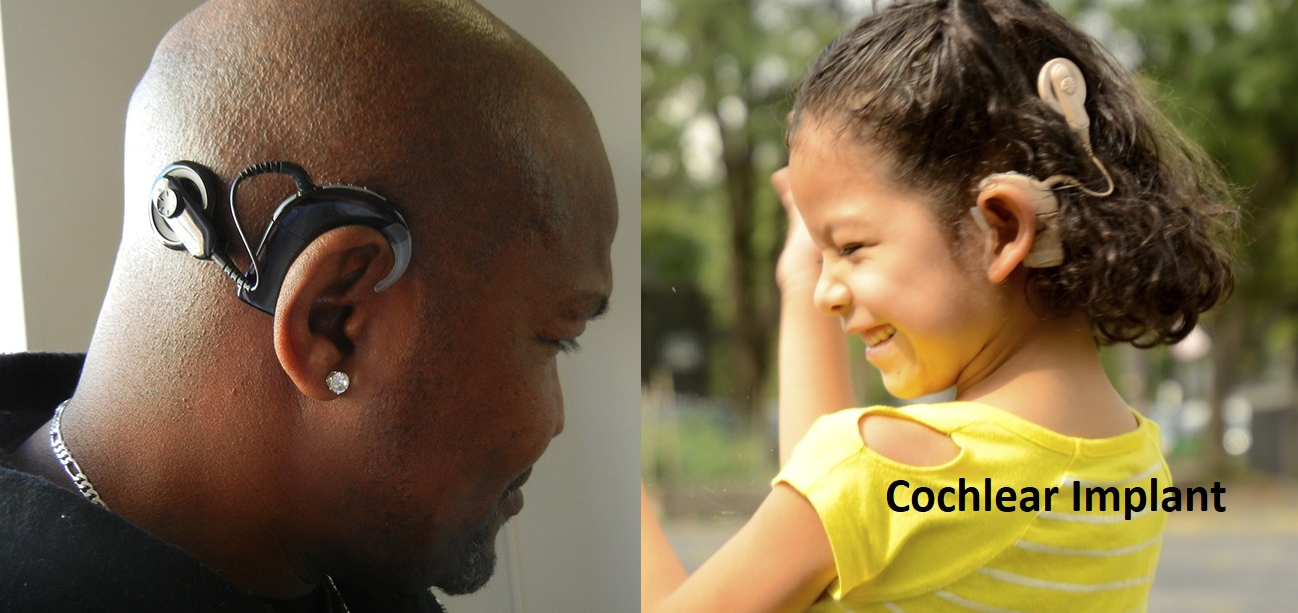+918042785198

This is your website preview.
Currently it only shows your basic business info. Start adding relevant business details such as description, images and products or services to gain your customers attention by using Boost 360 android app / iOS App / web portal.
A cochlear implant is a medical device designed to...

A cochlear implant is a medical device designed to help individuals with severe to profound hearing loss or deafness hear sounds, especially those who do not benefit from traditional hearing aids. Unlike hearing aids, which amplify sound, cochlear implants work by directly stimulating the auditory nerve. Key Components of a Cochlear Implant: External Processor: Worn behind the ear, it picks up sound from the environment and converts it into digital signals. These signals are transmitted to the internal device. Internal Implant: Surgically placed under the skin behind the ear, it contains a receiver and a set of electrodes. The receiver gets the digital signals from the external processor, and the electrodes stimulate the auditory nerve with electrical impulses, which the brain interprets as sound. How it Works: The external microphone picks up sound, which is processed and converted into digital signals by the speech processor. These signals are sent to the receiver/stimulator under the skin. The receiver sends electrical impulses through the electrodes, which are placed in the cochlea (the spiral-shaped part of the inner ear). The electrodes stimulate the auditory nerve, sending signals to the brain, where they are interpreted as sound. Who Can Benefit: Children and Adults with severe hearing loss who are unable to benefit from hearing aids. People who are born deaf or have lost their hearing over time due to injury or illness. While cochlear implants don’t restore natural hearing, they can significantly improve a person’s ability to detect and process sound, helping with speech understanding, social interaction, and overall quality of life.

